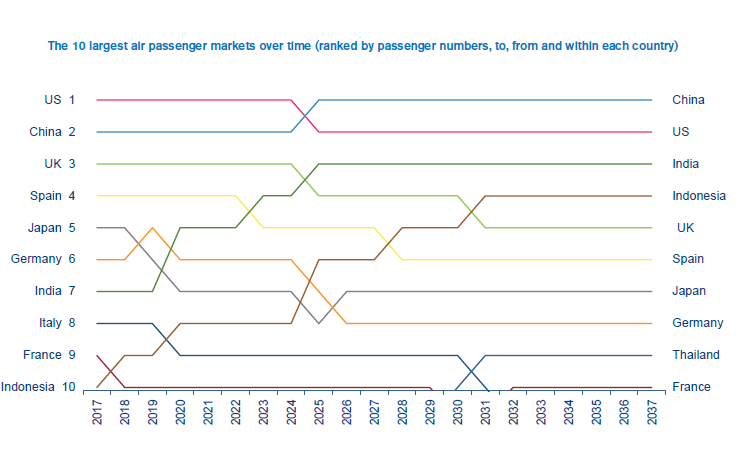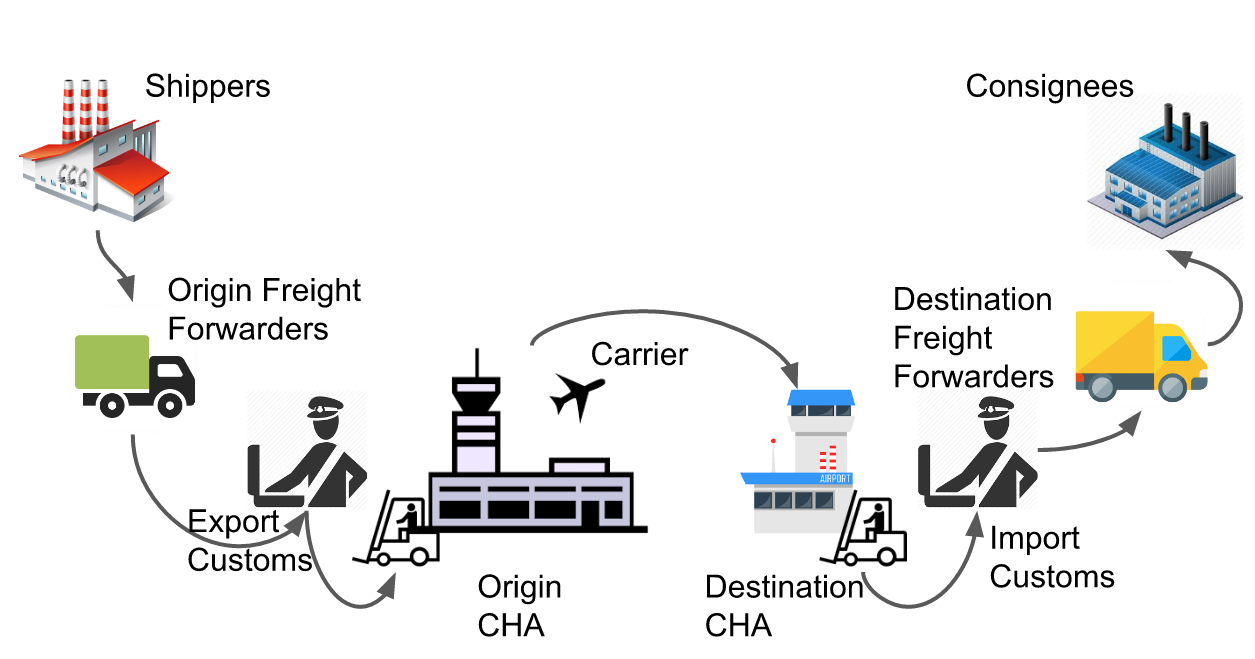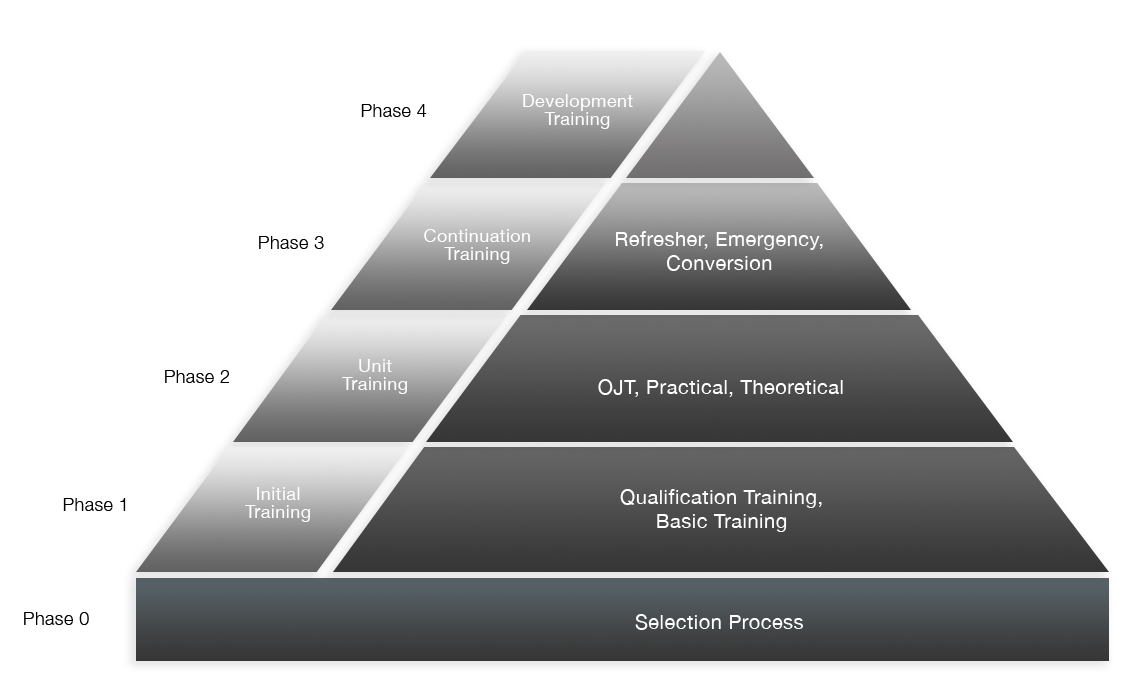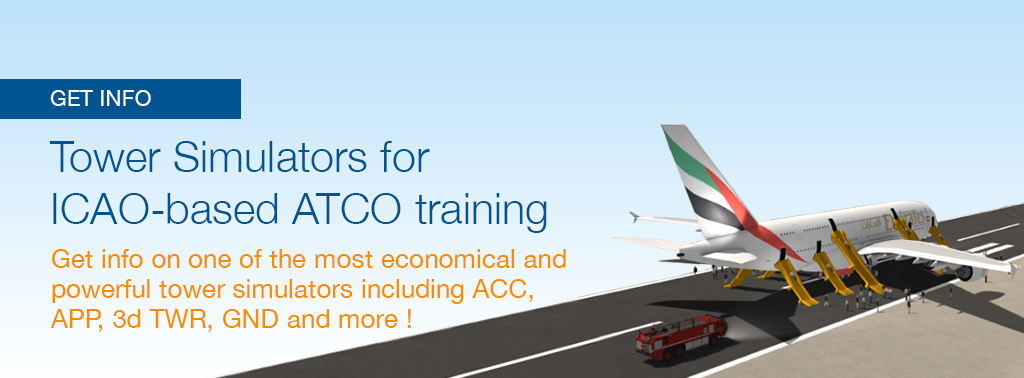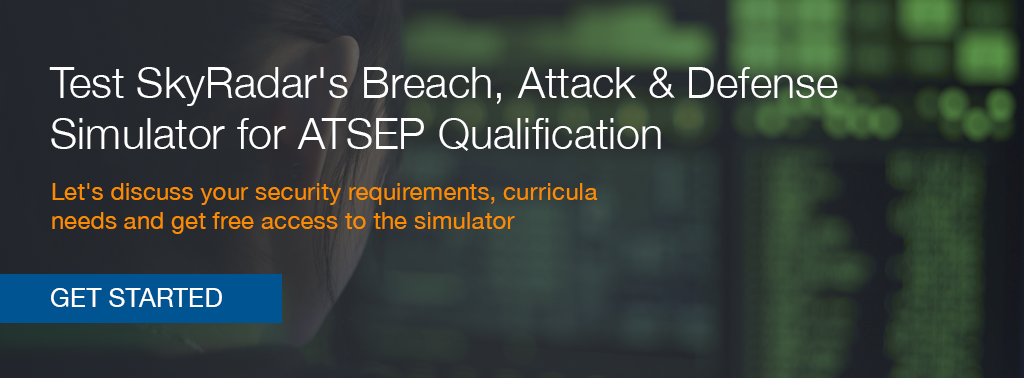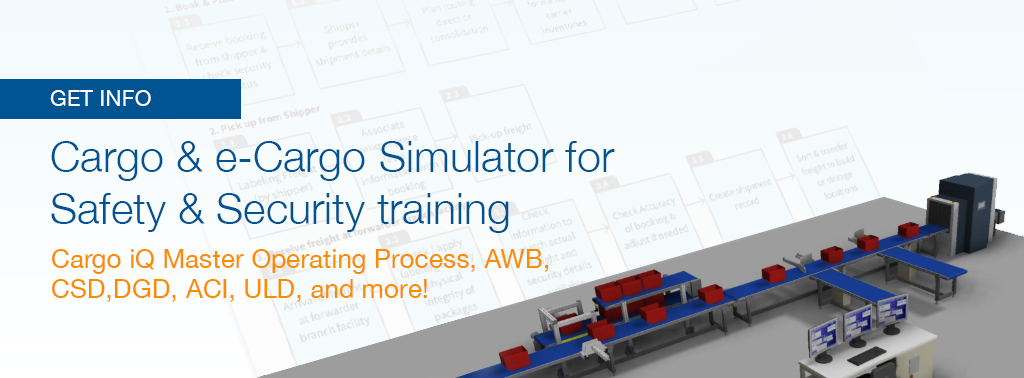8.2 Billion Air Travelers in 2037 if policies remain constant, but with a policy stimulus we will crack the 10 billion passenger line. How can aviation infrastructure grow, how can air traffic control infrastructure keep pace and how can we make sure we will have enough, and sufficiently trained personnel?
Let's start with the good news: the aviation industry is committed to grow CO2-neutral from 2020 onward. And their goal is to cut 2005's CO2 emissions by 50% until year 2050.
First of all, let us understand: where are the main regions of growth. Then let us understand the impacts on infrastructure and HR-development. Lastly let us look at the requirements in HR qualification and training.
Regions of Growth
IATA/TE published the following infographics last year.
What we see is that the highly populated economies in Asia-Pacific undergo the biggest change, namely China ( from 600 million passengers in 2017 to 1.6 billion in 2037), India (from 160 million to 570 million), Indonesia (from 130 million to 410 million) and Thailand (from 100 million to 215 million). They grow with a CAGR of 4.8%.
In percent, Africa shows the 2nd biggest growth with a CAGR of 4.6%, mounting from 130 million to 335 million passengers, followed by the Middle East (CAGR: 4.4%) from 210 million to 500 million passengers.
Latin American traffic will pretty much double in the analyzed period (CAGR: 3.6%, growing from 360 million to 731 million annual passengers).
The USA will loose the leading position of passengers but still show a CAGR of 2.4% growing from 870 million to 1.4 billion annual passengers.
Europe brings up the rear (CAGR: 2.0%), growing from approx. 1.3 billion passengers in 2017 to 1.9 billion in 2037.
But do not forget, this is the conservative forecast, supposing that there will not be any policy change. However, if we ignore the current US-American protectionist phase , the global economy is rather showing tendencies of liberalization, indicating a more accelerated growth. An illustrative example is EU and MERCOSUR just having signed a major trade accord, and the ASEAN countries reducing trade barriers and many other treaties in modification. Meaning our above consideration is rather the lower end of a potential annual growth.
Our figures just describe the growth in passenger traffic. The increase in CARGO will most likely grow in similar rates, with heavy impact of the density of planes in the sky.
What are the major axes of investment and change to be able to handle this?
We can list the following dimensions of change to be expected in the next years:
- Infrastructure: Extension of Air Traffic Infrastructure including airports, air traffic control and aircraft
- Regulation & Standards: legal backbone for a more effective ATM & ATC
- Automation: highly automated and sophisticated as well as interconnected processes
- Human Resources: Strongly developing HR in ATM and ATC, in quality and quantity
Infrastructure
Infrastructure is the most evident axis of growth. More passengers and more cargo require more terminals, more runways, more CARGO terminals. Connecting infrastructure to and from the airports needs to be built. New and more environmentally friendly planes need to be built and supplied.
Regulation & Standards
One option for future growth would be to grow infrastructure and personnel proportionally to the growth of passengers and cargo. However that would be costly, jam the air, and be far from sustainable.
The better approach is to become for effective, reducing effort and costs as well as air time per passenger, and thus improving the CO2 emission per passenger and kilometer. Such an approach promises to reduce the requirement of personnel in future air traffic management. However, such a strategy also requires a strong coordination of the evolution of regulation & standards and technology.
ICAO, IATA and the Air Navigation Service Providers (ANSPs), together with national governments need to implement legislation and standards allowing for more efficient air traffic management and control, as well as harmonized inter-operation across borders and FIRs.
A prominent example of a common endeavor to make air traffic more efficient is the Single European Sky ATM Research SESAR. To name some key features, there is dynamic trajectory management (depending on environmental conditions like wind and logistic parameters such as planes waiting to start, landing, on their way etc), integrated Europe-wide dynamic network operation plan with real-time information sharing and coordination, as well as full integration of airport operation plans and ATC, etc.
IATA's end-to-end cargo management process e-CARGO is another example of improved management, where the complete CARGO process is digitally accompanied, controlled and tracked.
But there are many more standards and regulations existing, which promise to improve the effectiveness of ATM. One for instance is the European eIDAS regulation. Already now it could highly improve the security of the CARGO supply chain, if all agents in the chain would be reliably identified and authenticated. Other segments like passenger handling would strongly benefit from a harmonization of passenger data handling with eiDAS. Speaking of costs due to incorrect data, its estimated to be at € 650+ million for airlines due to a combination of fines, repatriation costs, maintenance costs etc. As per a study conducted by Deloitte in 2018 , almost 50% of the self-declared identity information needs to be corrected when its checked at the airport. eIDAS enabled electronic ID can help solve much of this problem, however it would require some harmonization with the current standards used for passenger handling and customs.
Automation
The previously described improvements like dynamic trajectory management, the e-CARGO process or eIDAS-based passenger management require a higher sophistication of the general technical infrastructure.
In addition to that, many routines like check in, cargo handling, but also ATC-procedures will with high likeliness be more and more automated, meaning operated by software routines. Disruptive technologies like artificial intelligence promise to rapidly enter the ATM/ATC world, with impacts on effectiveness, but also reducing the requirement of HR per passenger.
Human Resources
ATM and ATC will require a continuous increase of Human Resources. But the increased sophistication of the technical infrastructure will not remain without impact on the composition of HR. e-CARGO or eIDAS will delegate much of the formerly paper-based work of airport employees to the passengers and cargo forwarders. The personnel will become more computer-bound, with a higher focus on control and surveillance than on secretarial work.
Air traffic control will be similarly impacted. Concepts like virtual towers depending on variable air traffic (e.g., in holiday regions), dynamic time tables and trajectories will demand a much higher abstraction level from the controller.
The emergence of AI and more intelligent algorithm probably leads to more automated air-to-Ground / ground-to-air communication, replacing progressively the human-to-human communication. This also means that the ATCO control will change, and become to a higher degree supervisory.
Given the growing role of technology, there will be a requirement of more ATSEP with a more complex competency profile.
HR Qualification and Training
ATCO and ATSEP
For ATCO and ATSEP, we find two leverage points. First the ANSPs need to increase their headcount, leading to an increased throughput of new candidates through selection process, qualification training and unit training. But given the continuous innovation and change in technology, conversion training will play an increased role.
For ATCO, simulators will play an important role. Through their selection process, it is important to choose Aerodrome simulators which are able to teach innovative processes like dynamic trajectories or virtual towers and flexible role allocation.
 Given the increasing technical dominance in the ATC process, more ATSEP will be required by the ANSPs, leading to an increased throughput through Selection, Initial Training and Unit Training.
Given the increasing technical dominance in the ATC process, more ATSEP will be required by the ANSPs, leading to an increased throughput through Selection, Initial Training and Unit Training.
More complex systems and interconnections may lead to an increased specialization of ATSEP, and potentially different entrance requirements for different orientations (e.g., software engineers, AI experts, electronics engineers, navigation and radar experts etc.).
Simulators will need to include operational systems, with simulated inputs. Allowing to run through the processes and errors in an end-to-end approach. Hardware and electronics qualification needs a properly conceived and pedagogically enhanced signal conversion chain, allowing to conduct as many training activities as possible in a context close to real life.
ATM and AVSEC
We at SkyRadar tend to look at effective processes and aviation security together. Ideally, increased effectiveness brings increased security.
Highly automated handling processes will be less prone to errors, faster and easier, once the personnel is qualified.
However qualification in times of e-Cargo and (potentially e-Passanger) is a more demanding process.
In a process like e-Cargo, all players require training, and depending on the degree of integration, even customs and forwarders need to be included and qualified.
Outlook
Many changes are to come. The training academies and ANSPs need to evolve with in unison with the continuously growing and changing environment. The good news is that this can happen in small steps. Just make sure that your training equipment and infrastructure are following the standards by ICAO, EUROCONTROL and IATA . Also they need to be open by design (OSI). Never buy into a vendor lock in. And make sure that all solutions are modular, allowing for extension and optimization over time.
References
- IATA Forecast Predicts 8.2 billion Air Travelers in 2037 (2018), by IATA

